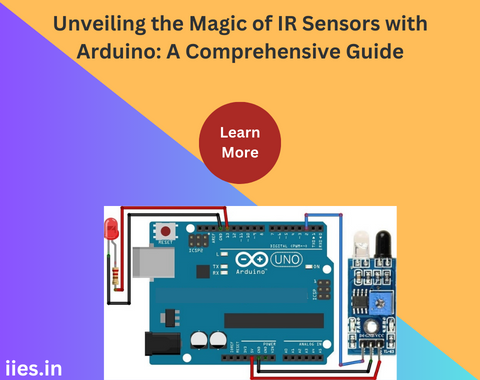1.Obstacle Avoidance in Robotics:
IR sensors are commonly used in robotics for obstacle avoidance. By placing IR sensors on the robot, it can detect obstacles in its path and change its direction accordingly.
2. Home Automation:
IR sensors find applications in home automation systems. They can be used to control lights, fans, or any electronic device based on the presence or absence of a person in a room.
3. Security Systems:
PIR sensors, a type of IR sensor, are widely used in security systems. They can detect motion in their field of view, triggering alarms or cameras.
4. Proximity Sensing:
IR distance sensors are employed for proximity sensing. They can measure the distance between the sensor and an object, enabling touchless control in various applications.
5. Remote Control Emulation:
Arduino, in conjunction with IR sensors, can be programmed to emulate remote controls. This allows for the creation of custom universal remotes for multiple devices.

